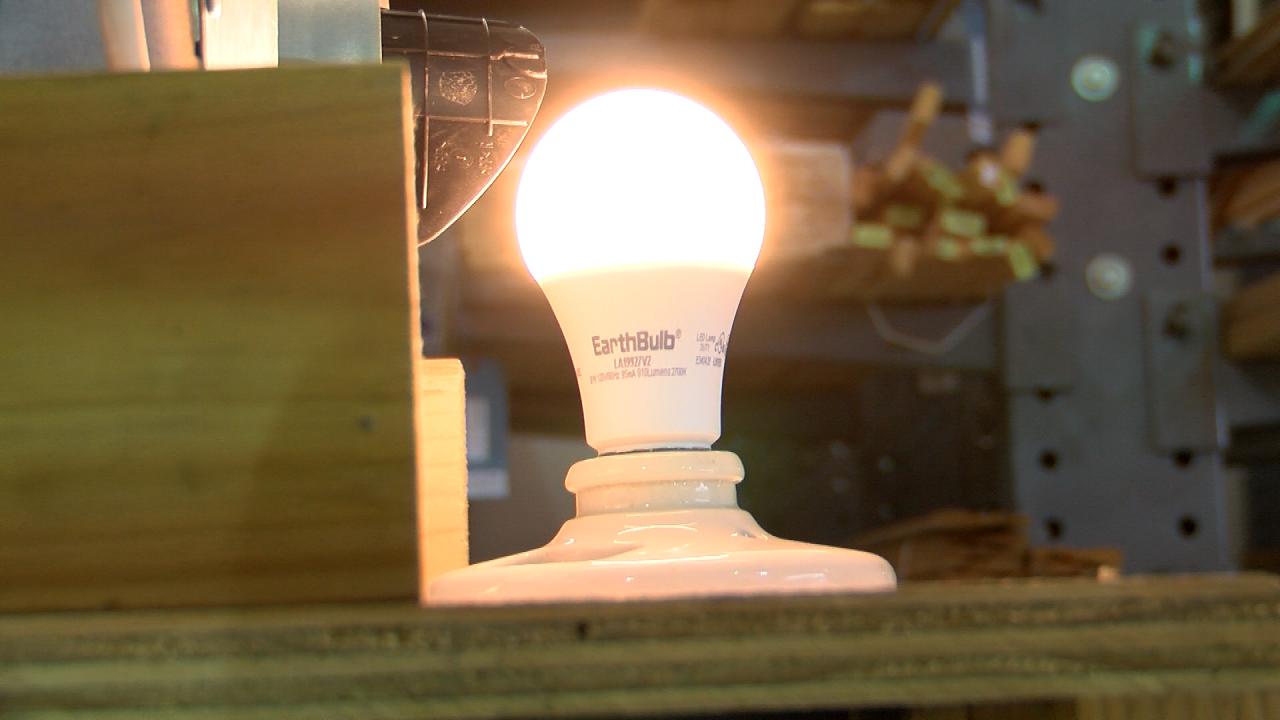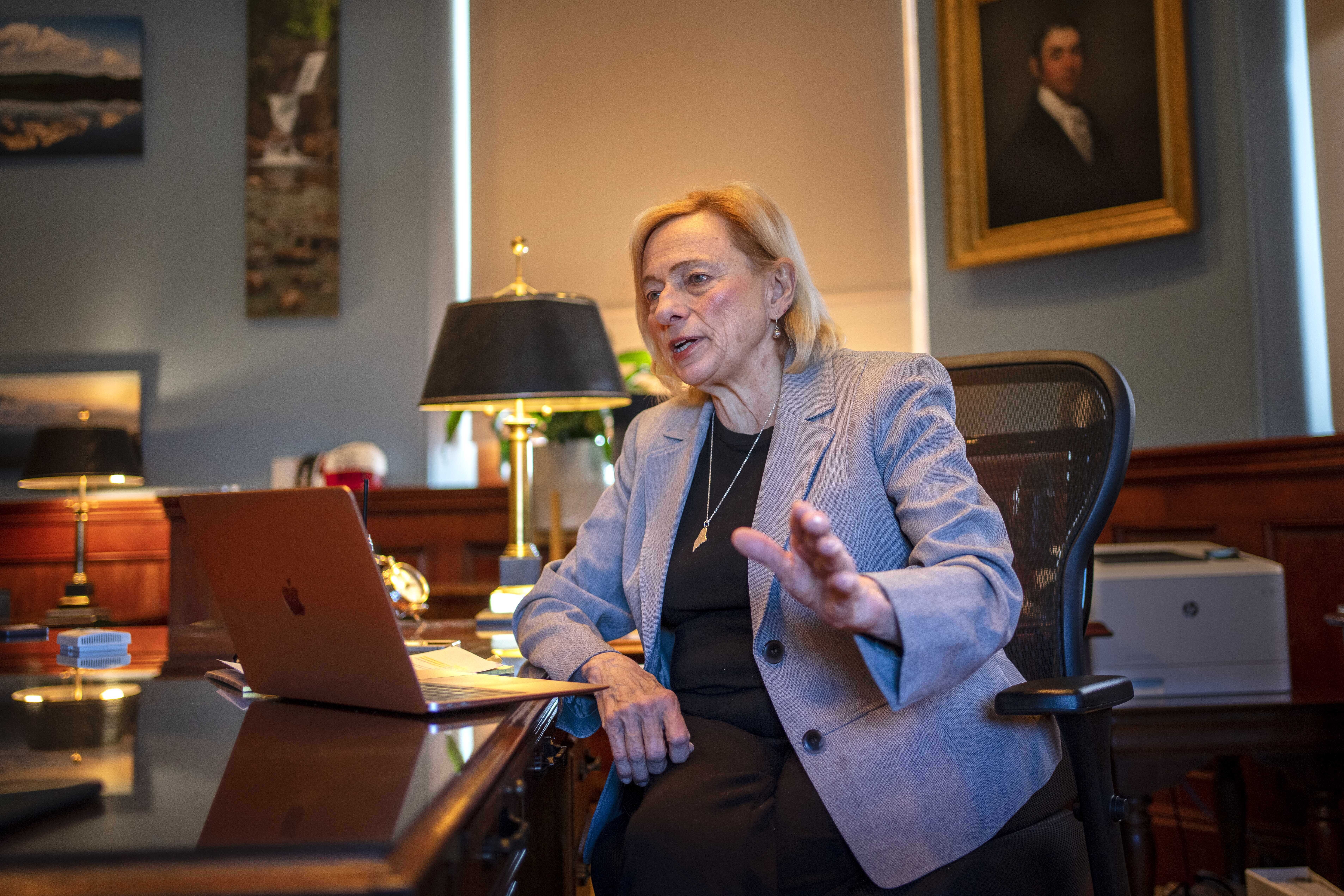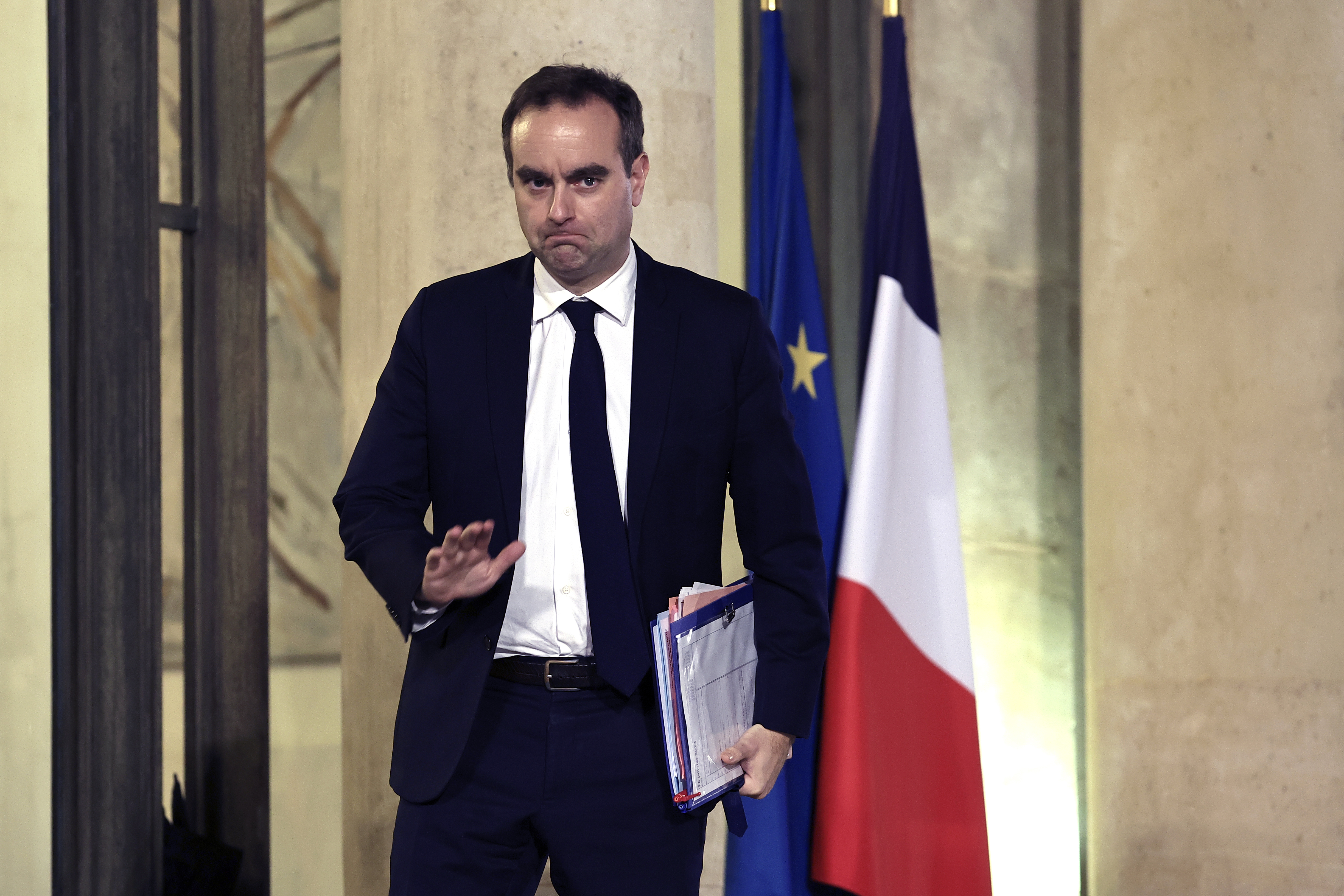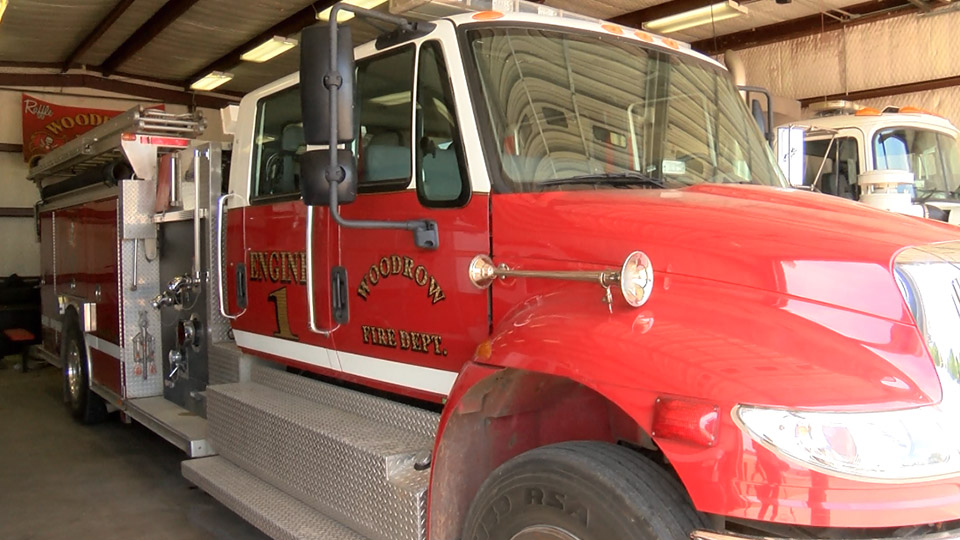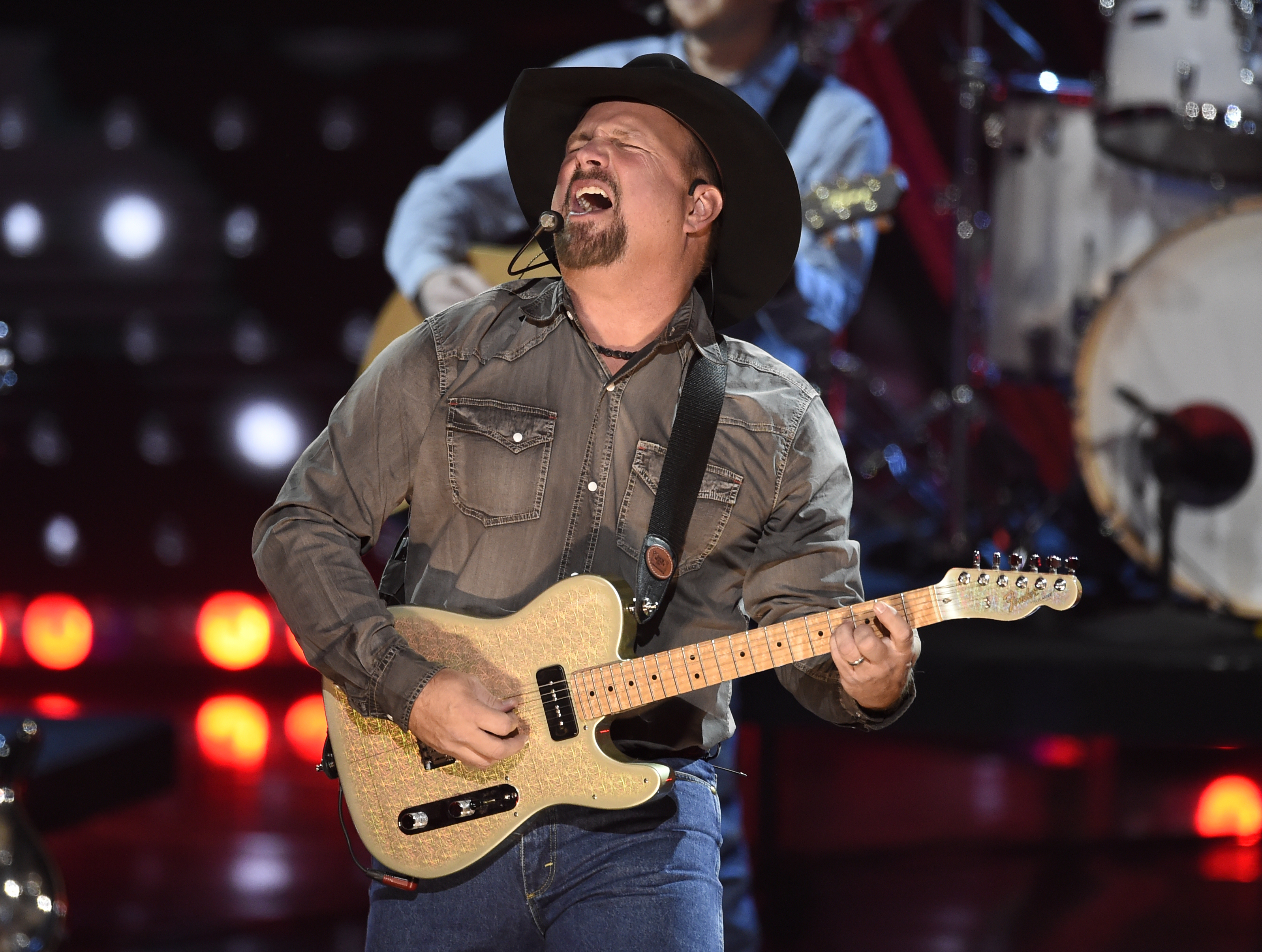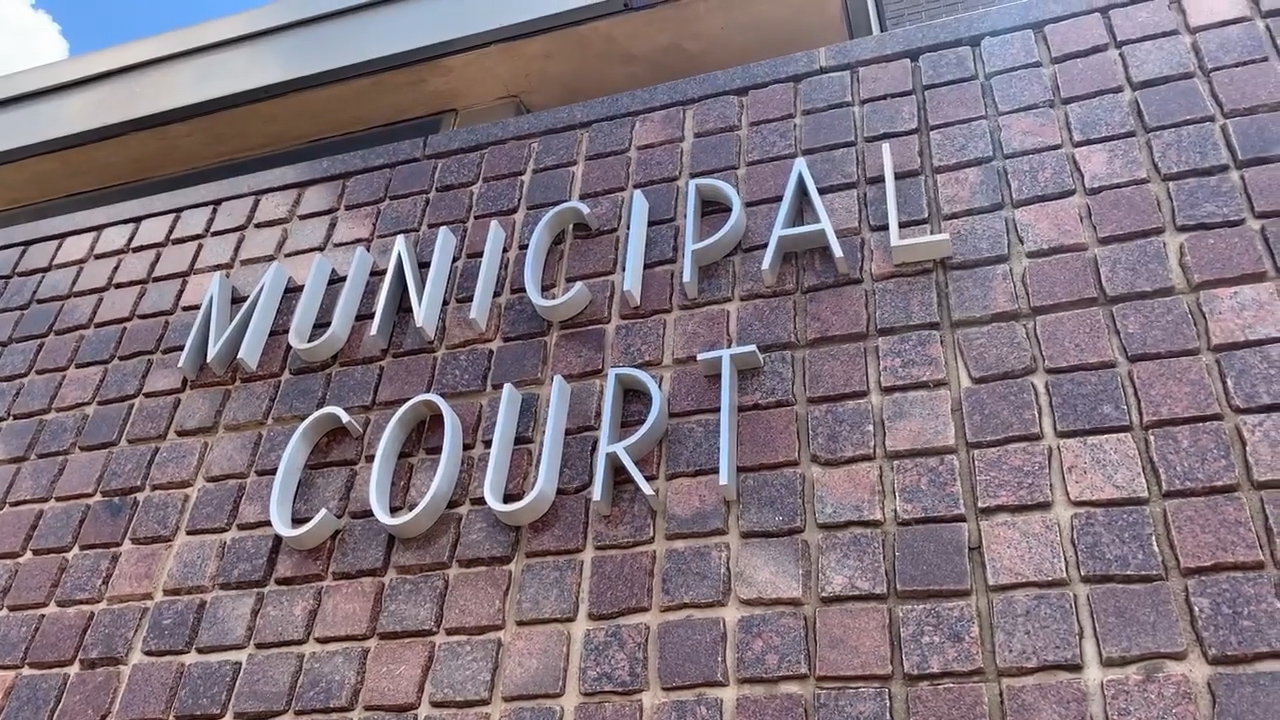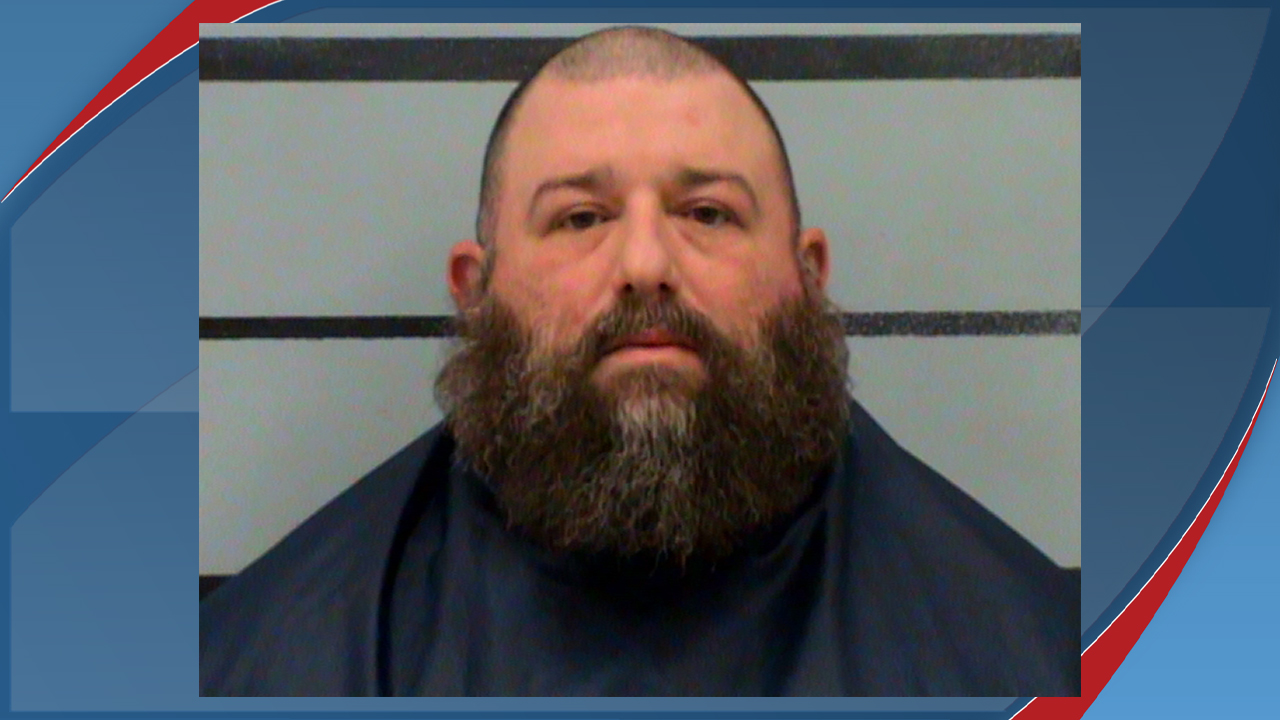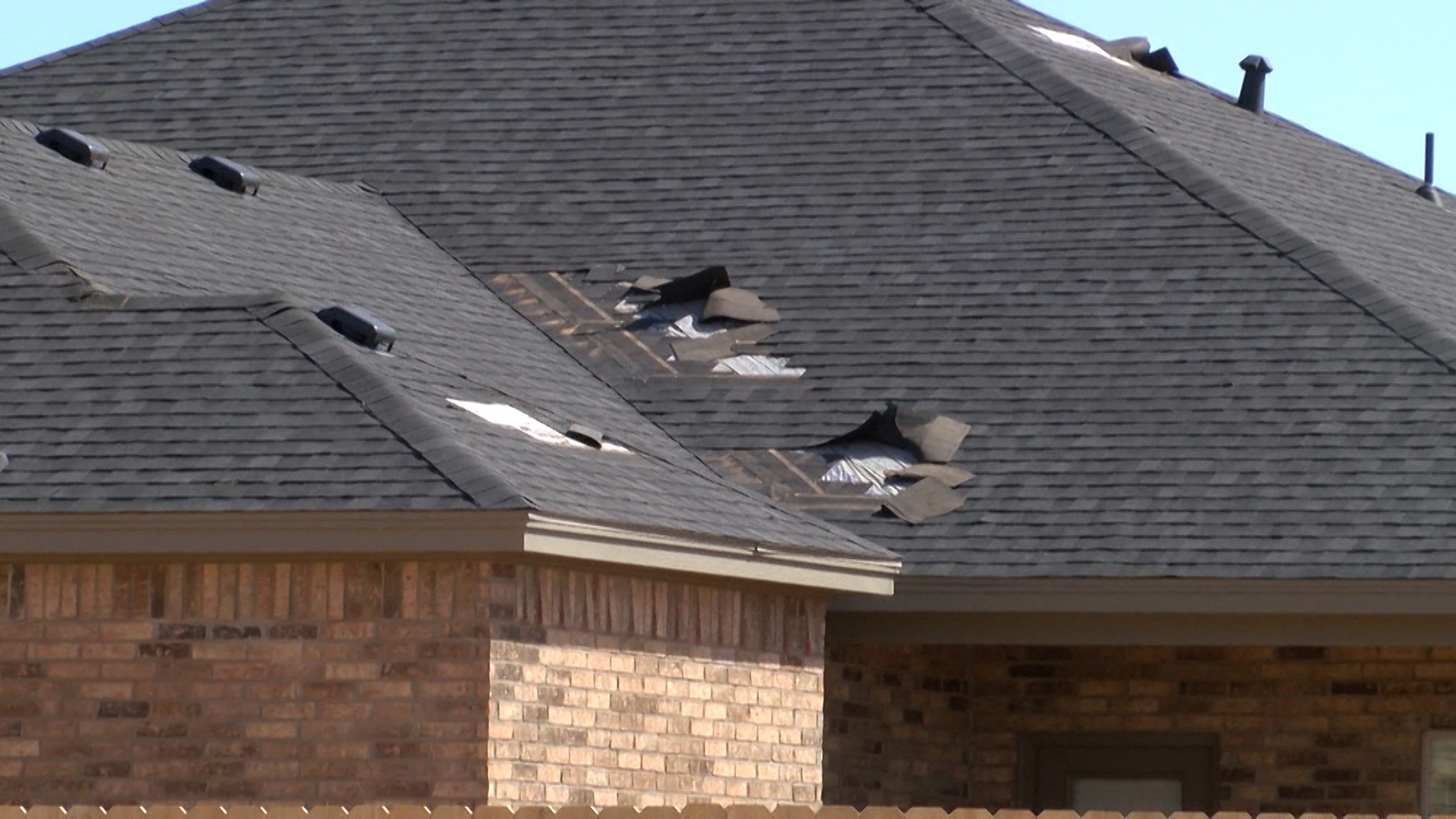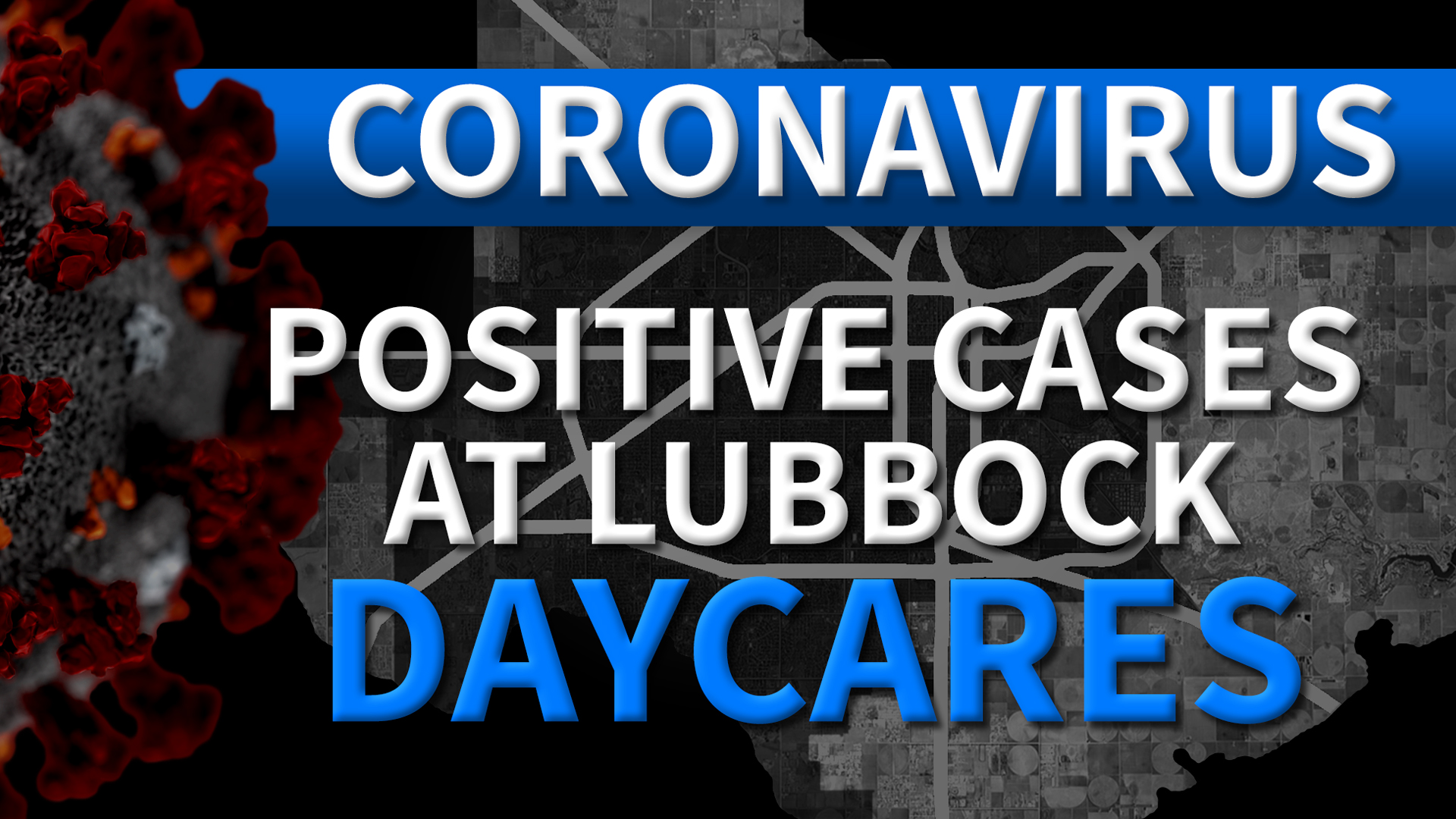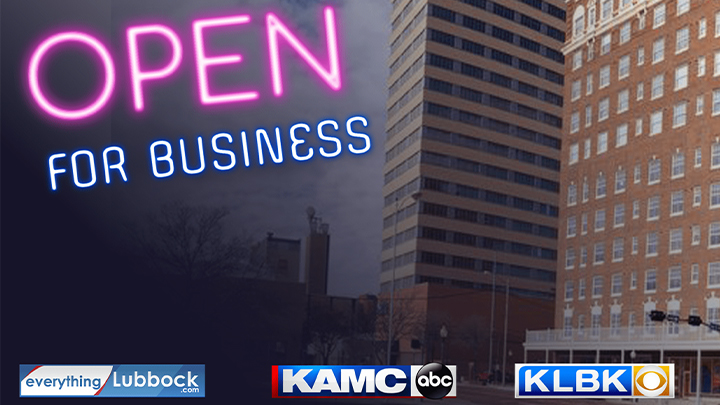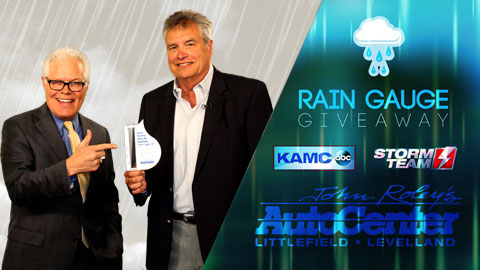If you’re reading this, you might qualify for free energy-efficient fixes to your home that could keep your utility costs down.
The Weatherization Assistance Program, funded through federal grants from the Department of Energy, is a cost-saving measure for low-income families.
“We’ll install solar screens, add insulation, install HVAC systems, insulate walls, attics, floors, whatever the house needs we’ll make it more energy efficient that way,” Travis County Home Repair supervisor Richard Reynaga said. In some cases, they’ll go in and replace appliances to make the home more energy efficient or seal leaks that prove costly to homeowners.
The program also aims to protect property values and residents, blocking pollutants like carbon dioxide and carbon monoxide that can creep into homes.
Doug Misenheimer, housing services manager for Travis County Housing Services, explained the program targets individuals based on a federal poverty guideline.
“Utility bills tend to be much higher on low income family homes because they can’t afford to buy a more efficient house and so those types of improvements go a long way to help reduce the energy consumption of those individual households to further stretch their home budget,” Misenheimer said.
The best part for Jimmy and Pearlie Bennett is the repairs were free.
“Didn’t cost a penny,” Pearlie said.
“Matter of fact, it saved us some money so we can buy more medication,” Jimmy added.
The Bennetts received new faucets, a new showerhead, a new door and doorknobs, improvements to their kitchen pipes, and a new refrigerator.
Pearlie said she loved her old fridge, but Jimmy said it was costing too much energy for the retired couple, married for more than 50 years.
“The intention was to save us money on our utility bills, which they did,” Jimmy explained. “We paid right at $300-something, so they moved it all down to about $200-something.”
Homeowners can only get the repairs once every 10 years, Misenheimer said, so his team takes a “do it once, do it right” approach.
Reynaga called it a “win-win” situation for all, because “utility bills will drop, and the grid on the electric won’t be as demanding.”
The program, which started in 1976, helps approximately 35,000 Americans each year and saves residents between $200-$300 on average annually.
To learn more about the application process and find out if you qualify, click here for more information.


